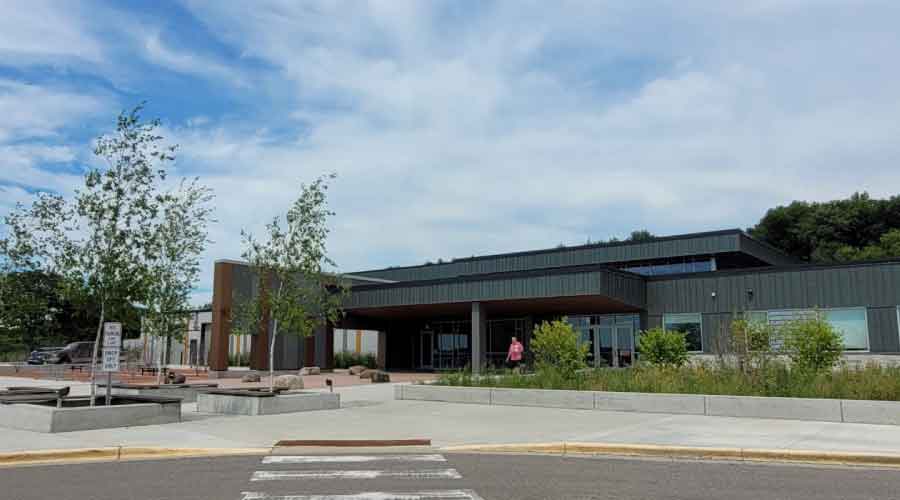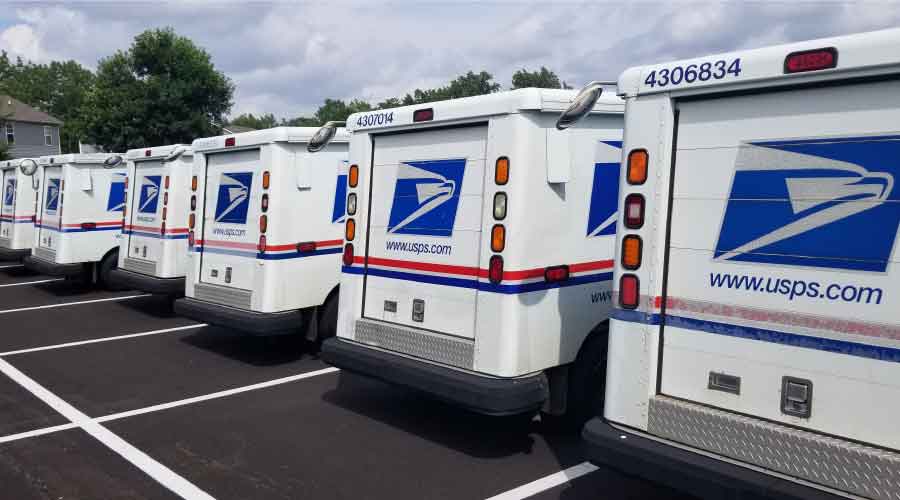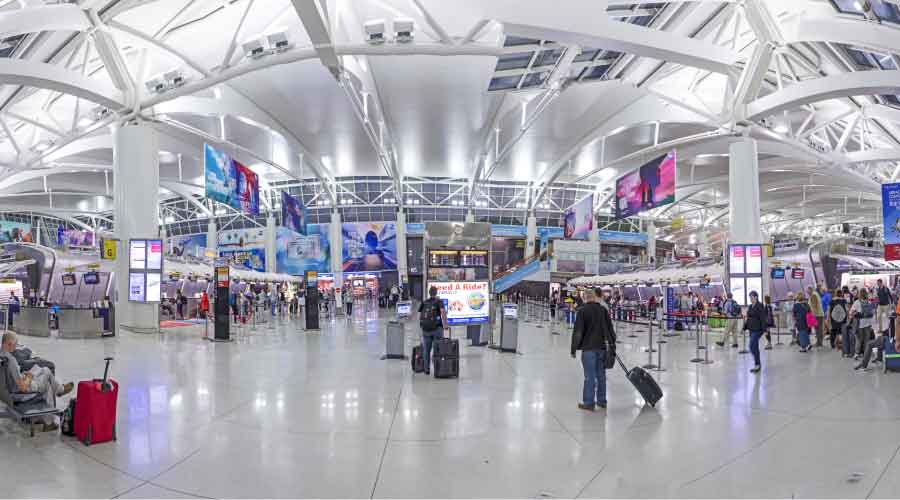
How a Wisconsin Elementary School Achieved Net Zero Status
Forest Edge Elementary School in Fitchburg, Wisconsin offsets 100 percent of its onsite energy needs. August 1, 2022
By Mackenna Moralez, Associate Editor
Just outside of Madison, Wisconsin is the country’s largest K-12 net zero school. Forest Edge Elementary School in Fitchburg, Wisconsin offsets 100 percent of its onsite energy needs.
“These are students of the generation that will inherit the decisions adults make today,” says John Johnson, deputy state superintendent of the Oregon School District.
Since first receiving school board approval back in 2018, the facility knew that it wanted to put sustainability at the forefront. In the beginning stages, designers asked for teachers and support staff members’ opinions and ideas on what they would like to see for the new building. After hearing calls for safety and energy efficiency, they went back to the drawing board to incorporate their needs.
“We are creating an experience for kids, not just a building,” says Kerri Modjeski, principal of Forest Edge Elementary School.
With plans in place, the school added SageGlass windows to keep temperatures lower in the building and allowing for more natural light within classrooms. In addition, 1,700 solar panels were added to the roof and geothermal wells were added to help offset electrical demand. To be even more energy efficient, there are no gas lines that run through the 126,000 square-foot facility.
“The first day we output more energy than we took in was a very exciting moment for all the students,” says Modjeski.
Designers created teachable moments in all areas of building. In open teaching areas, the designers created murals to teach the students about how the school was reusing its energy. Meanwhile, outdoor spaces were purposefully left undecorated so that teachers could have outdoor classroom spaces.
Furthering its sustainable mission, Forest Edge Elementary also has its own school garden where they have been able to grow ingredients that are used for their lunches and have created compost bins to help eliminate waste.
Compared to schools in the area of similar size, Forest Edge Elementary’s utility bills are half the cost. The development of the school encourages others in the area to begin to prioritize sustainability and to incorporate it into learning strategies.
“The Oregon School District believes it is critical for the future of our planet to develop learners who are ecologically literate and environmentally responsible citizens and stewards,” the district said at its sustainability forum in July. “We believe it is important to model the district’s commitment by establishing these values and developing practices consistent with them. The district will continue to develop building and operational practices and procedures that reflect a commitment to environmental sustainability and have an aligned K-12 curriculum that integrates ecological and environmental sciences and issues into the curriculum, including socio-economic aspects. This may include, but is not limited to experiences outside the classroom, project based-learning and environmental services projects.”
Mackenna Moralez is the associate editor for the Facility Market.
Next
Read next on FacilitiesNet












